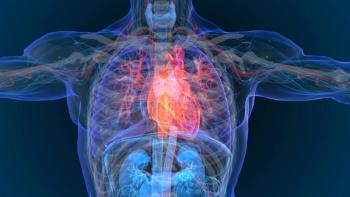
- Volume 0 0
Bloating and Distension in Functional GI Disorders
Although the terms bloating and distensionoften are used synonymously, evidence nowsuggests that these are distinct conditions thatmay overlap but do not necessarily coexist, asdiscussed in a recently published review byLesley Houghton, MD, and colleagues in Neurogastroenterologyand Motility. The authorsprovide support for defining abdominal bloatingas a subjective sensation and distensionas a physical parameter that refers to an actualincrease in abdominal girth. They note thatbloating accompanied by visible distension ismore common in patients with irritable bowelsyndrome (IBS) than in healthy participants.The underlying cause of these symptomsremains unclear.
Novel studies suggest that IBS patientsmay process gas abnormally, even in theabsence of excessive production. Furthermore,patients with constipation retain moregas than those with diarrhea, suggesting thatprocessing of gas may be related to differencesin gastrointestinal (GI) motility. IBSpatients also have been shown to have lowersensory thresholds than healthy individuals.Clinical studies with tegaserod, a 5-HT4 receptoragonist, have demonstrated significantreductions in bloating in patients with IBS withconstipation and chronic constipation. Thesestudies suggest that bloating and distension,at least in some individuals, may be related toimpaired GI motility, altered visceral sensation,or both.
Articles in this issue
over 20 years ago
Antibiotics, Probiotics, and Microfloraover 20 years ago
Calcium: An Essential Mineralover 20 years ago
CAN YOU READTHESE Rxs?over 20 years ago
ECKEL RECEIVES ALUMNI AWARDover 20 years ago
Cancer: Update on Biologicsover 20 years ago
Managing Chronic Pain: An Analysis of the Use of Opioidsover 20 years ago
PHARMACIST'S RIGHT TO CHOOSE?over 20 years ago
Teenage Drug Diversion—Part 2over 20 years ago
Is Altering Refills a Criminal Act?over 20 years ago
Do All SSRIs Interact the Same Way?Newsletter
Stay informed on drug updates, treatment guidelines, and pharmacy practice trends—subscribe to Pharmacy Times for weekly clinical insights.


















































































































































































































